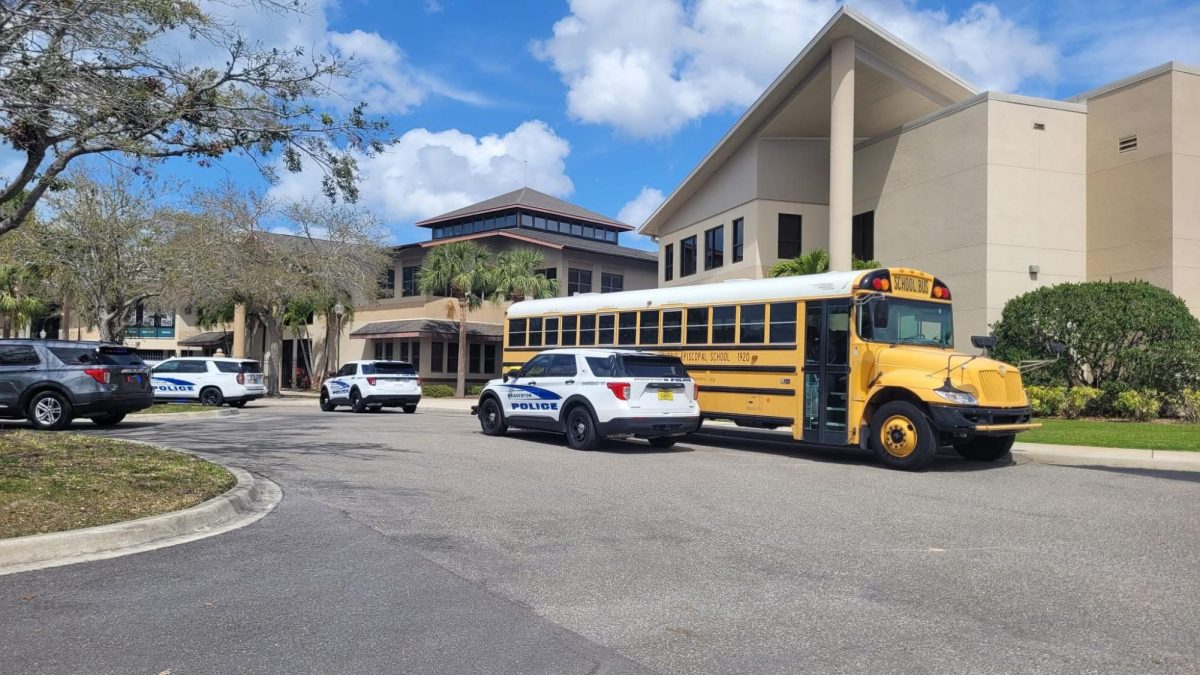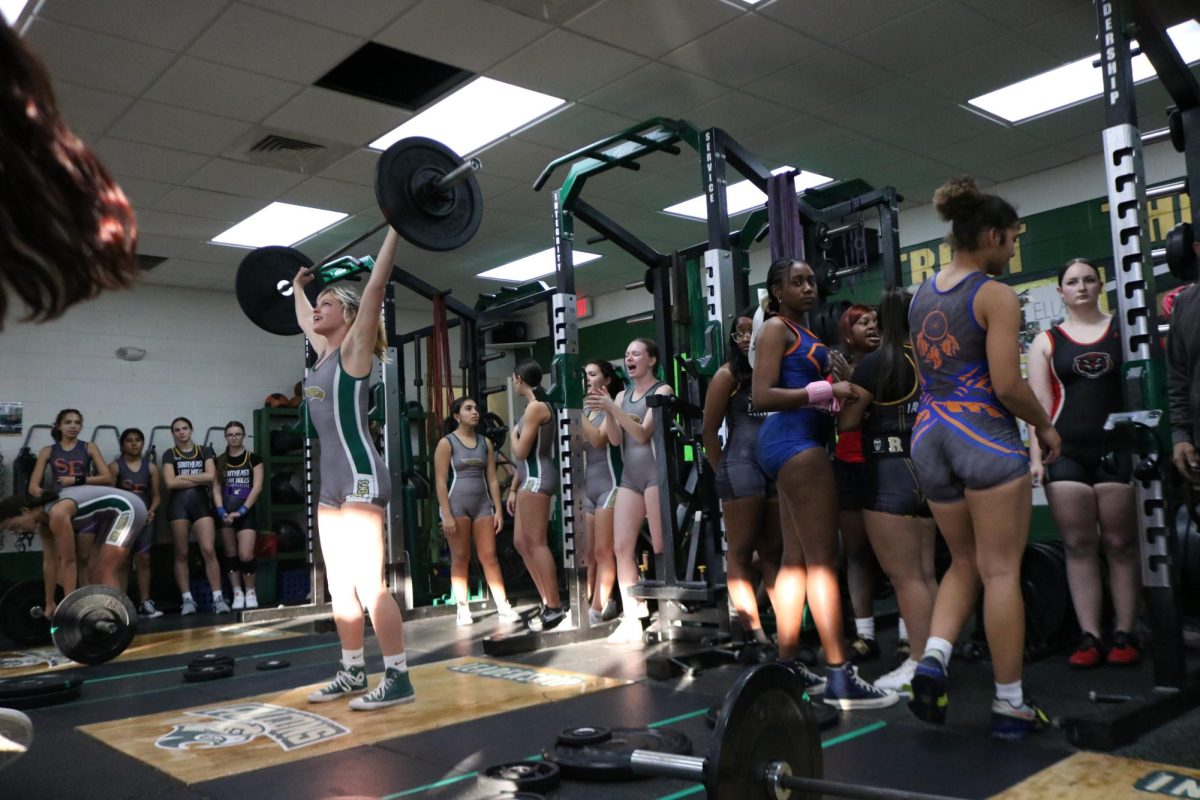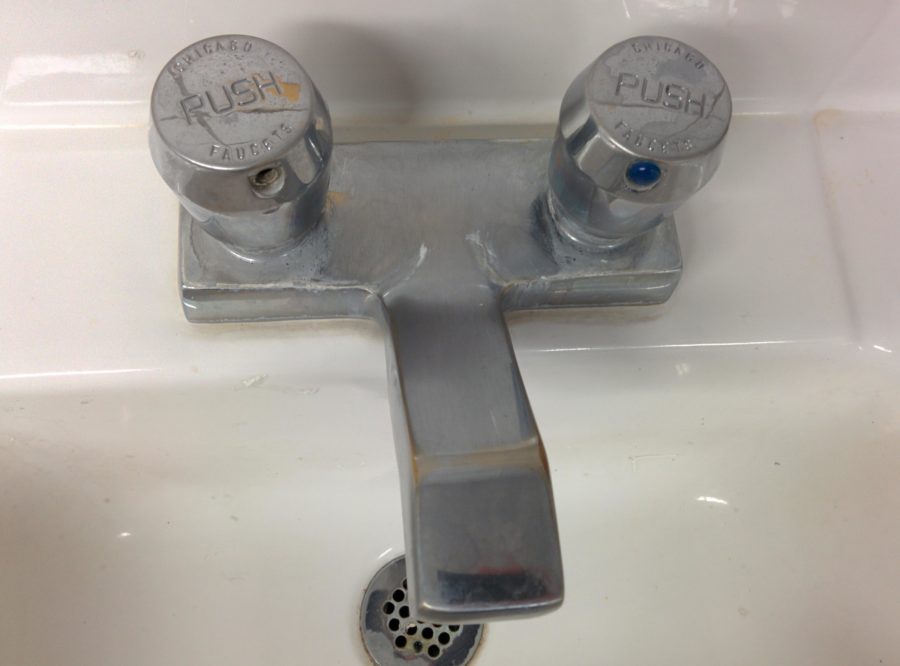Slow water pressure in US men’s bathrooms leads to less hand-washing
April 24, 2017
According to a study conducted by the Washington State University in 2016, at any given time, there are approximately 5,000 germs on your hands that can cause common illnesses. After shaking hands or giving a high five with someone who didn’t wash up in the bathroom, that number increases exponentially. The probability that you’ve just come into contact with a colony of germs such as Salmonella, E.coli, norovirus and MRSA, is also very high. In fact, approximately 80% of communicable diseases are spread through touch. This includes touching food, your face, eyes, and even mouth with contaminated hands. Washing hands is a necessary routine that is suggested after using the bathroom. However, after witnessing several students walk out of the Upper School bathrooms without washing their hands, I’ve come to realize that this is a situation we ought to address at our school. Although students might not fully understand the importance of washing hands, the more pressing question that we should be trying to figure out is, why aren’t they washing their hands?
According to the CDC (Centers for Diseases Control and Prevention), washing hands is one of the most effective ways to avoid getting ourselves and others sick. At a school where 300 kids interact with each other, it is important that we take necessary precautions to avoid spreading germs that can cause illnesses. To make matters worse, when a toilet is flushed with its lid open, a phenomenon known as “toilet plume” occurs (Huffington Post). Toilet plume occurs after flushing without the lid on; the toilet spews a fine mist of bacteria called “Clostridium difficile,” which is known for causing diarrhea, into the air. This occurrence happens due to the mixture of swirling water mixing with small particles of fecal matter. The bacteria that is spread throughout the bathroom will cover a surface area of roughly 8 square meters and will often cover stall doors, soap dispensers, and even paper towels.

In the majority of the upper school men’s bathrooms, at least two or three faucets don’t function properly. While some faucets don’t even have flowing water, others in the Upper School Science Building have low water pressure and have to be repeatedly pressed for water to continuously flow. This is ironic because we are touching faucets that are contaminated without actually achieving the purpose of washing our hands. During a brief discussion with a student who was caught not washing their hands after using the bathroom, they replied, “The faucets don’t even work.”
The lack of workable faucets has increasingly led students not to wash their hands. The student also stressed, “I don’t have enough time to continuously press the faucet.” The student opted out of washing their hands not because they were unwilling to do so, but due to a lack of functional sinks. My solution is to replace the faucets at school and install automatic hand sanitizer dispensers throughout the upper school especially outside bathrooms.
Why is this all important? At a school, low productivity and absences due to sickness are generally the main cause for low student participation. Recently, a study conducted by the City of Carrollton in Texas proved that students who washed their hands after using the bathroom had 24% fewer absences than those who did not. The study also reported that the same students experienced 51% fewer absences due to stomach-related illnesses. Lastly, it is imperative that even if we don’t replace the faucets due to costs, we should repair the current faucets that are not working. Our students need to constant reminding for them to wash their hands. Washing hands might seem like a menial task but it ultimately is the best ways to prevent illnesses from being spread.
























































